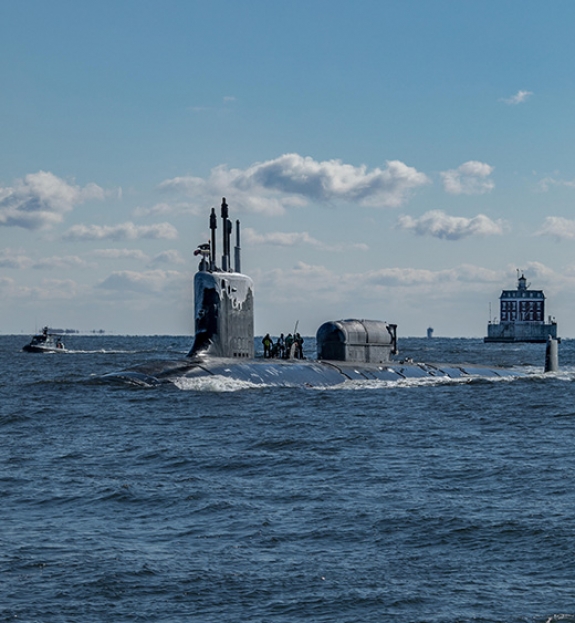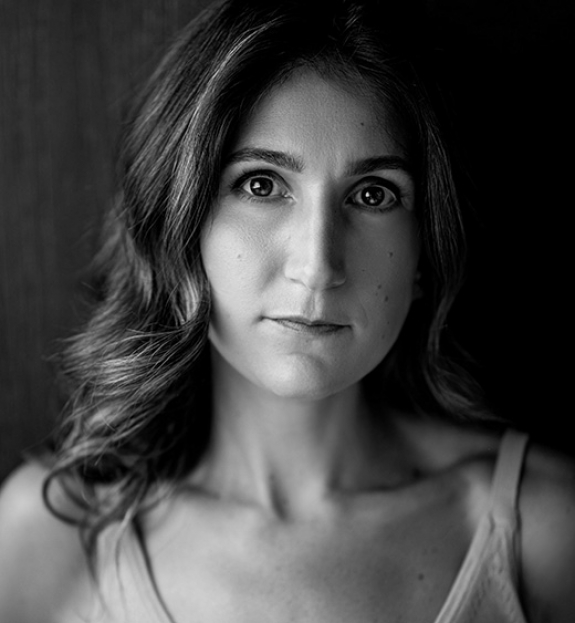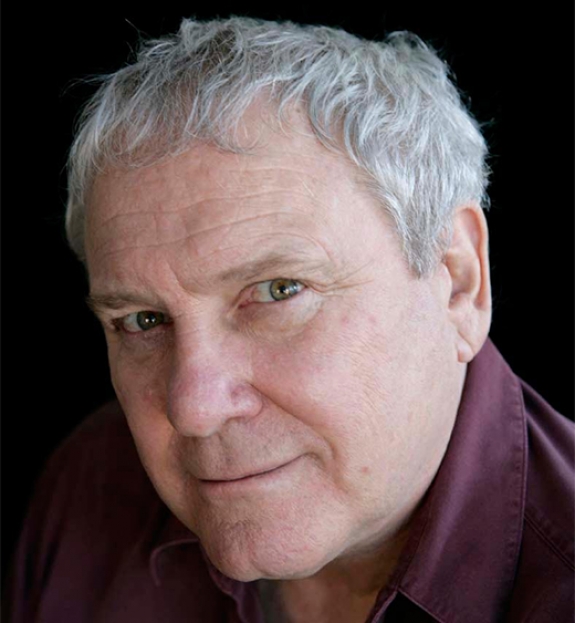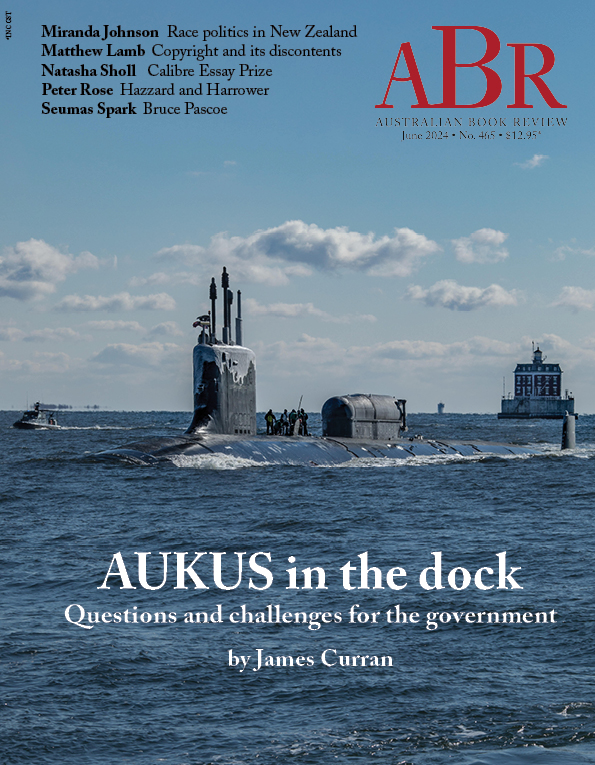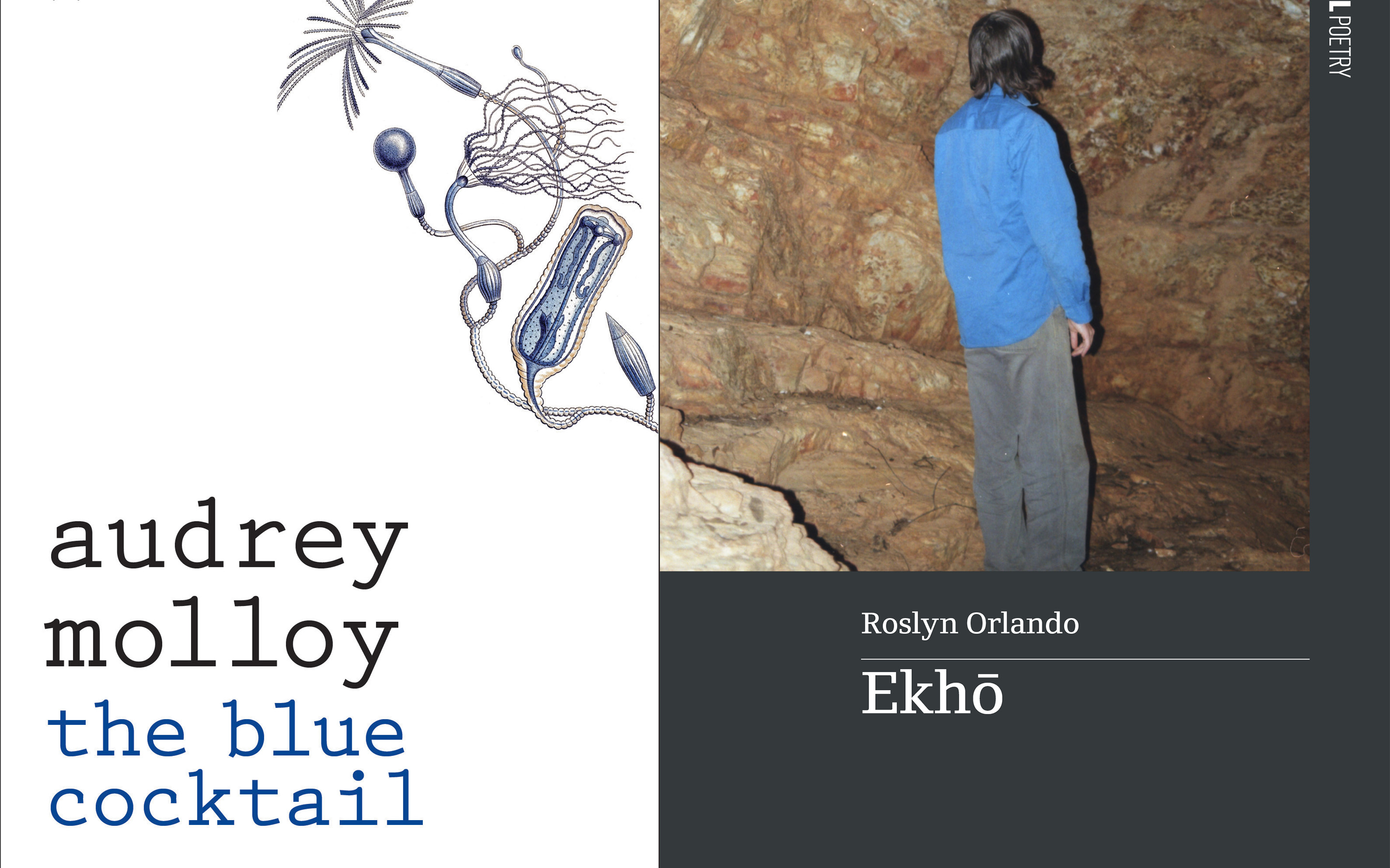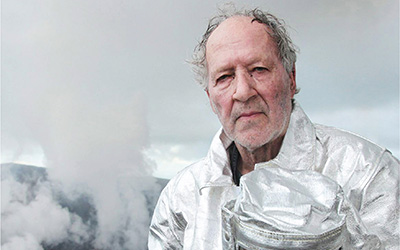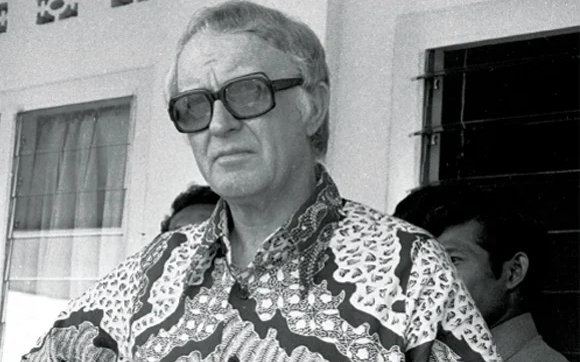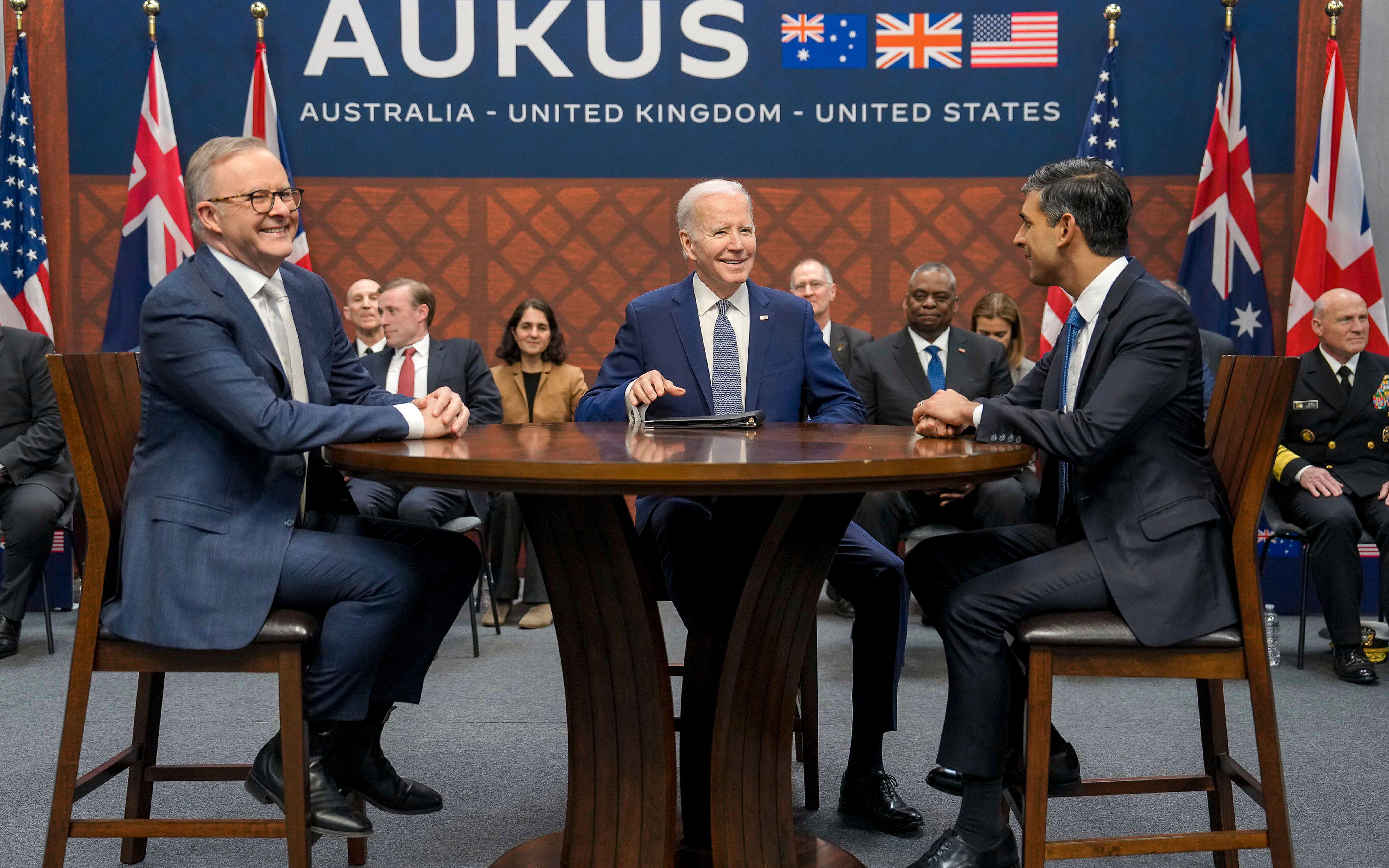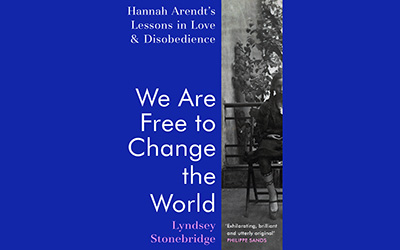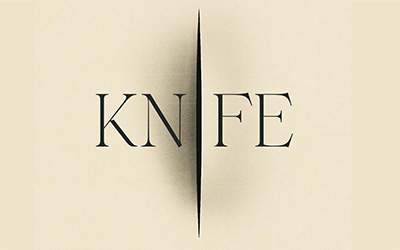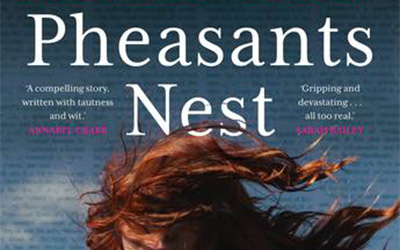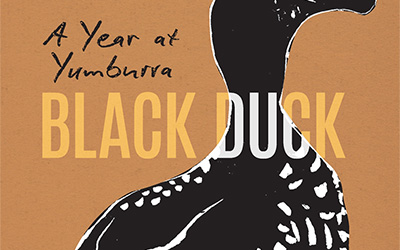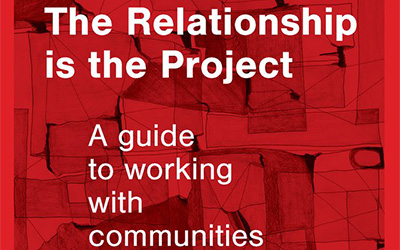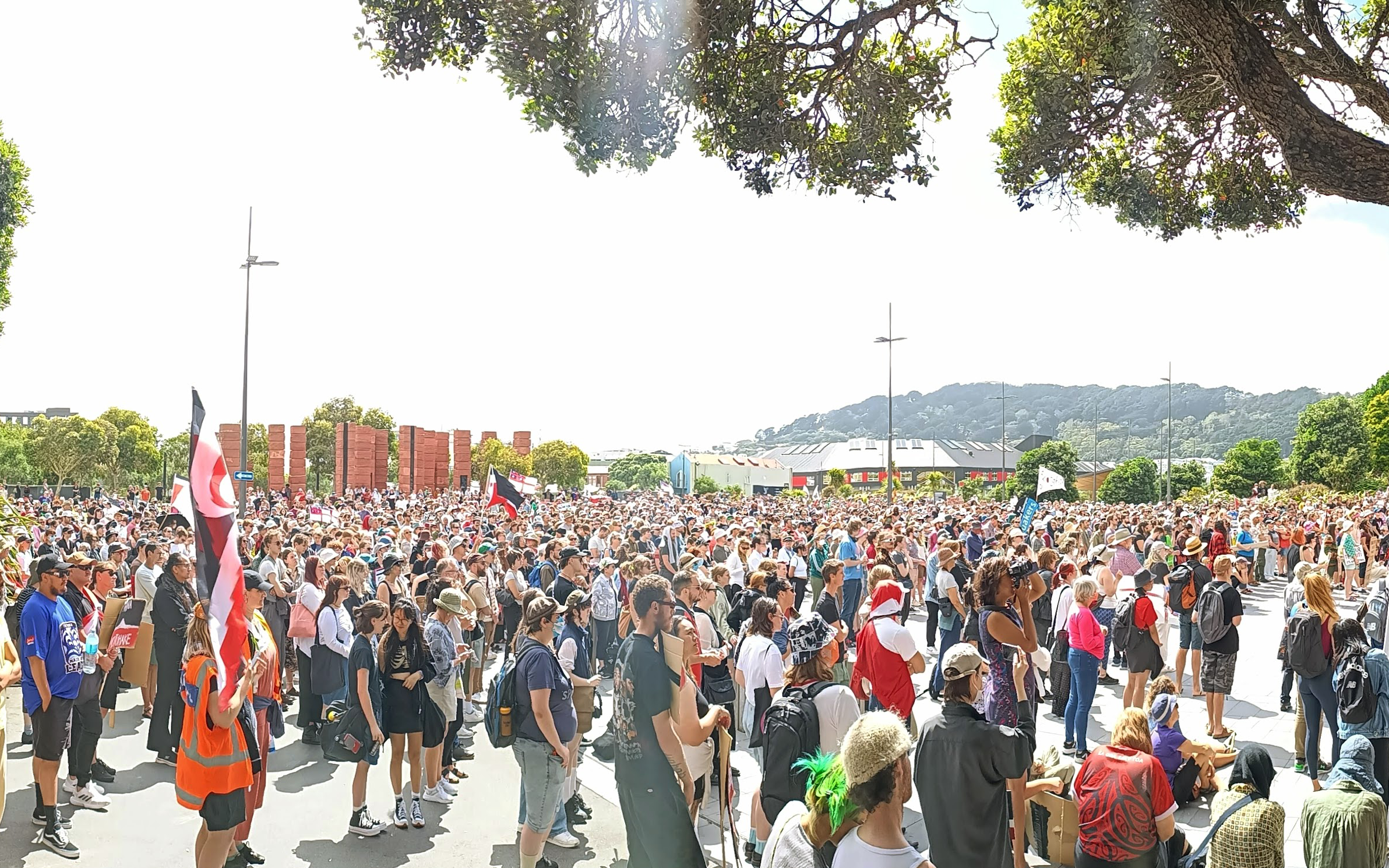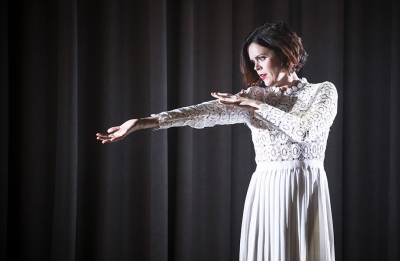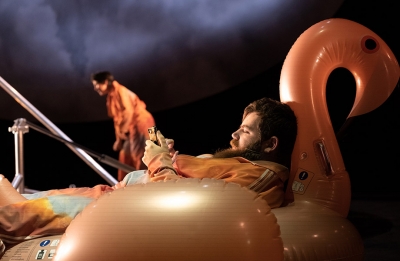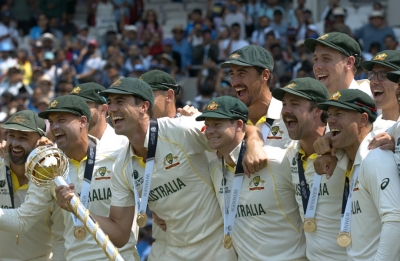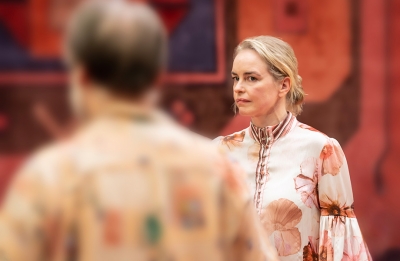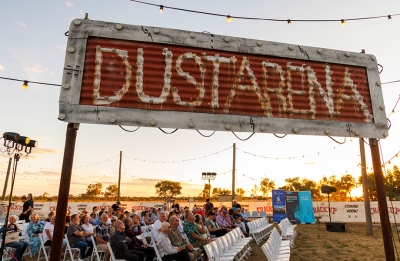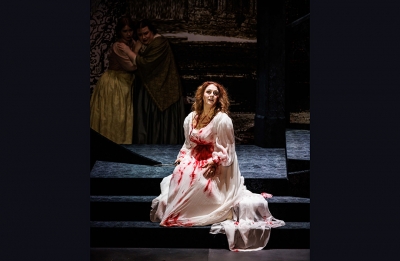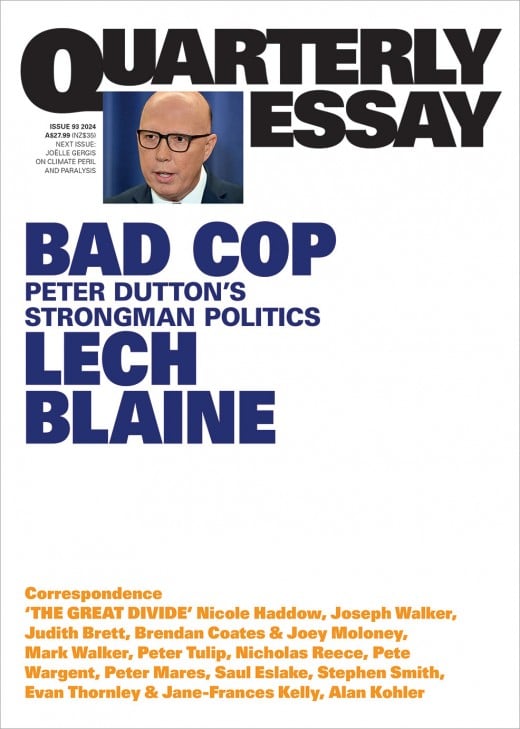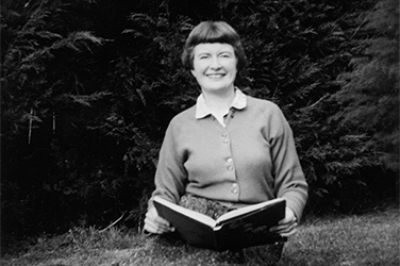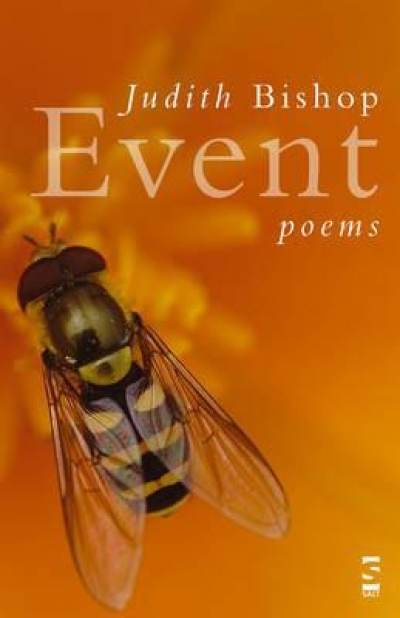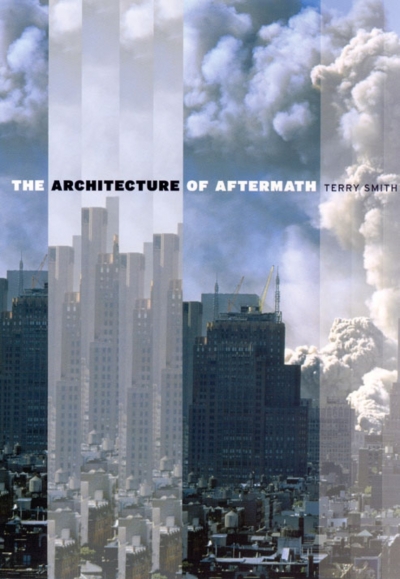November 2007, no. 296
In her other life, Judith Bishop works as a linguist. A passionate concern with the intricacies of language, with the visceral effect of words on the tongue, aurally, and as they are knitted and unravelled on the page is manifest in her first collection of poems, Event. These poems are deeply immersed both in a complex observation of, and engagement with, the natural world, in particular with the ways in which poetic language can intervene in the world of perception, experience and desire. ‘You have to lean and listen for the heart / behind the shining paint’, Bishop writes in ‘Still Life with Cockles and Shells’, which won the 2006 ABR Poetry Prize and which Dorothy Porter included in The Best Australian Poems 2006. Like the beautiful illusions of the still-life painting, Bishop’s poetry creates an aesthetic surface which mimics the stasis of death and also harbours the ‘flutter in its flank’, the pulse of possibility visible to the attentive reader–observer. Look closely, her poetry exhorts, yield to the currents of language and image, become witness to death and life in intimate and endlessly renewing ‘events’ of struggle and embrace.

